Could imitating volcanos fix the climate crisis? Science is spilt
The controversial theory of solar geoengineering is at the centre of a growing body of climate research in Asia and elsewhere.

Taipei, Taiwan – At opposite ends of Southeast Asia, researchers Pornampai Narenpitak and Heri Kuswanto are both working on the same problem: Is it possible to mimic the cooling effects of volcanic eruptions to halt global warming?
Using computer modelling and analysis, Narenpitak and Kuswanto are separately studying whether shooting large quantities of sulphur dioxide into the earth’s stratosphere could have a similar effect on global temperatures as the eruption of Indonesia’s Mount Tambora in 1815.
Keep reading
list of 4 itemsPhotos: Graves sink, fisheries shrink as climate change hits Fiji
UN chief blasts Big Oil for ‘peddling the big lie’ on climate
Climate activists in Davos protest over role of oil firms at WEF
The eruption, the most powerful in recorded history, spewed an estimated 150 cubic kilometres (150,000 gigalitres) of exploded rock and ash into the air, causing global temperatures to fall as much as 3 degrees Celsius (5.4 degrees Fahrenheit) in what became known as the “year without a summer”.
Stratospheric aerosol injection is among a number of nascent – and controversial – technologies in the field of solar geoengineering (SRM) that have been touted as potential solutions to mitigating the effects of climate change.
Other proposed strategies include brightening marine clouds to reflect the sun or breaking up cirrus clouds that capture heat.
SRM is largely untested in the real world.
But in Asia, where many countries are juggling the demands of trying to keep the lights on despite outdated power infrastructure and striving for carbon neutrality, the concept is at the centre of a growing body of academic discussion and research.
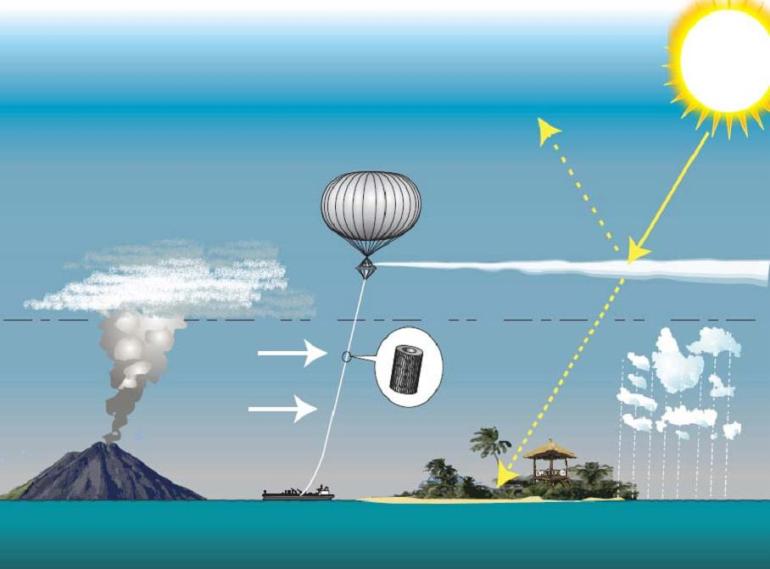
Narenpita and Kuswanto, who are studying the use of the technology in their respective home countries of Thailand and Indonesia, believe that SRM at the very least merits further study.
“There’s a lot that we do not understand about the climate system itself, let alone SRM,” Narenpitak, a researcher at the National Science and Technology Development Agency in Bangkok, told Al Jazeera.
“And when I say ‘we’, I think it means everyone, from every region in the world, because eventually, the impacts will look differently for different countries. And to assess the impacts, I think it’s best to have people who understand the context of each country to do the analysis. We can’t make any informed decisions if we do not know about these things.”
Take Indonesia.
Kuswanto’s team at the Sepuluh Nopember Institute of Technology in Surabaya, East Java found that while SRM could have positive effects in some parts of the country such as Sumatra and Kalimantan, it would lead to temperature rises elsewhere.
“Unfortunately, we haven’t yet done any more studies about what is the cause of these different results in Indonesia, but of course to improve it, we have to look at the climate systems and we need to study it more,” Kuswanto told Al Jazeera.
The two scientists, whose work is funded by the Degrees Initiative, an NGO focused on furthering SRM research and discussion in developing countries with funding from San Francisco-based Open Philanthropy, are neutral on whether SRM should be used to offset the effects of climate change, but they do share a sentiment shared by many researchers: it is better to know how the technology works, just in case.
Both are also careful to say that SRM is not an alternative or substitute for cutting carbon emissions, but should be seen as more of a supplemental technology.
“Even after we reduce carbon emissions, it takes several years for the carbon that has already been emitted into the atmosphere to be removed – its warming effect is still there,” Narenpitak said.
“There’s a time lag between when we can significantly reduce carbon emissions and when we will see the temperature stop rising. In that sense, SRM may be able to bring down the temperature.”
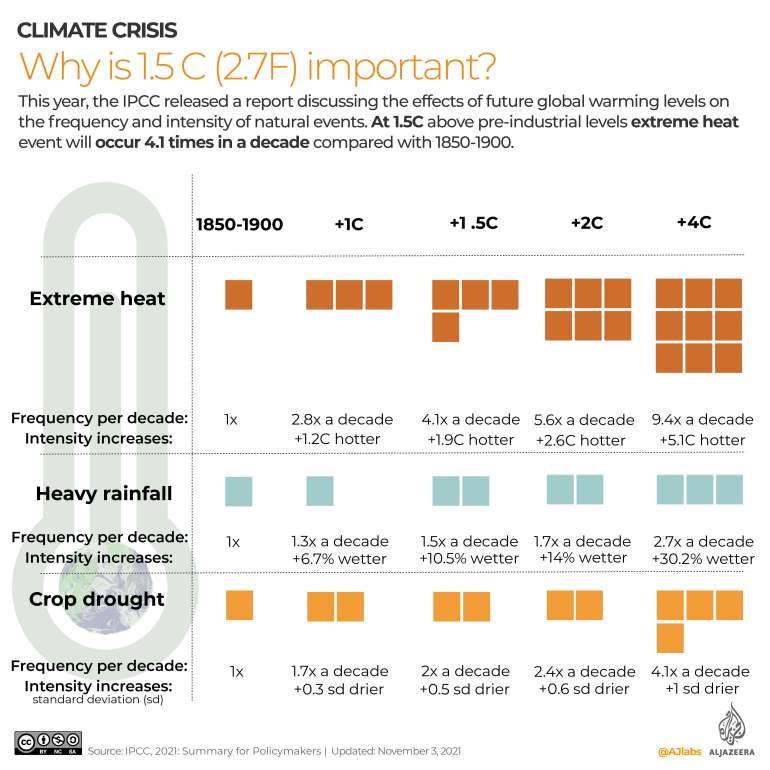
Climate scientists say that the world must keep global temperatures from rising more than 1.5C (2.7F) to avoid some of the worst projected effects of climate change. Achieving that goal, however, appears to be increasingly unlikely.
In October, Simon Stiell, executive secretary of UN Climate Change, warned that countries’ decarbonisation efforts were still “nowhere near the scale and pace of emission reductions required” to meet the 1.5C target.
Whether SRM should even be considered as a solution is still up for debate. The technology was absent from the UN Environment Programme’s 2022 Emissions Gap Report, which included different strategies for climate mitigation.
Much of the major funding for SRM has been concentrated in the United States after a five-year research project by China’s Beijing Normal University, Zhejiang University and the Chinese Academy of Sciences came to an end in 2019, although researchers concluded China should keep pushing towards a global agreement on SRM.
This trend is set to continue after the US 2022 Appropriations Act authorised funding for a five-year project by the White House Office of Science and Technology Policy to examine how to study SRM on a national scale – setting down goals, concerns, funding needs and which agencies would actually oversee this work.
Testing SRM beyond computer modelling, however, is deeply controversial because of the unknown effects and unpredictability of shooting chemicals into the stratosphere.
Since SRM involves shooting chemicals into the atmosphere 20-30km (12.4-18.6 miles) above the earth’s surface, the deployment of the technology by one country could affect weather patterns in other parts of the world.
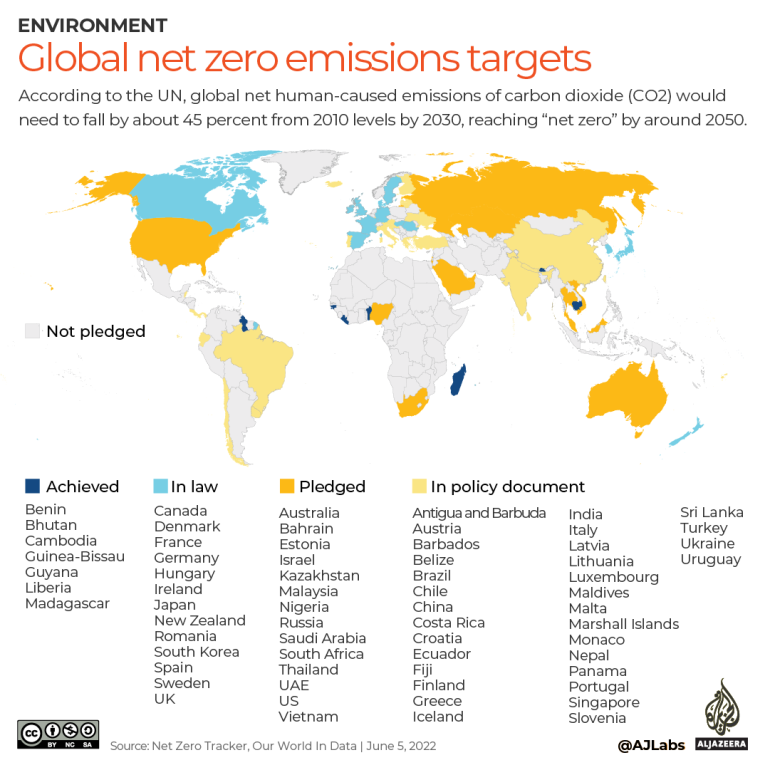
Govindasamy Bala, a professor at the Indian Institute of Science’s Centre for Atmospheric and Oceanic Sciences, found in experiments using computer models that the effects of aerosol injections can vary depending on the latitude at which the injections are carried out.
One climate model predicted, for example, different effects on monsoon rains depending on the hemisphere: aerosols injected at 15 degrees north reduced monsoon rain in the Northern Hemisphere and increased rainfall in the Southern Hemisphere, and vice versa.
Other research has shown different effects on hurricanes in the Atlantic Ocean compared with typhoons and cyclones elsewhere.
“I think the only conclusion we have right now is if we do stratospheric aerosol injection, it has the ability to reduce global warming. We know it will work, but it will also have side effects and unequal impacts,” Bala told Al Jazeera.
“If we can do this, it means humans can control the climate, right? We have the ability to control climate but the more difficult question is who will decide?”
Such concerns were among the reasons Sweden’s Space Agency in 2021 cancelled a joint project with Harvard University to carry out a landmark technical test of SRM in the Arctic Circle using a high-altitude balloon following public outcry, most notably from Indigenous Saami people living in the region.
The SCoPEx project had been intended as a dry run for navigating a 600kg (1,323 pounds) payload at more than twice the height of a commercial aircraft.
Some climate activists have also raised concerns about moral hazard, arguing the technology could weaken countries’ commitment to reducing global greenhouse emissions and give companies licence to keep polluting.
Meanwhile, there are outstanding questions about how the technology would be regulated given the global implications of unilateral action, especially by large countries such as the United States and China.
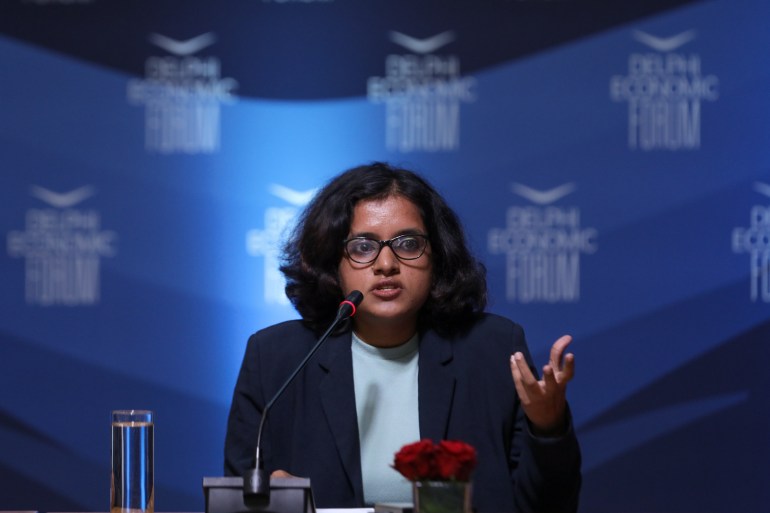
“The benefits itself [of SRM] can be questioned in the sense that, do we need this when we have other means like mitigation, which is something that we need to push for at this stage,” Dhanasree Jayaram, a research fellow at Earth System Governance and assistant professor at the Manipal Academy of Higher Education’s Centre for Climate Studies in India, told Al Jazeera.
“Does it actually sideline, for instance, research investments and other resources that need to actually go into mitigation? Is this a distraction from the real requirements of climate governance?”
SRM raises geopolitical questions, as well, Jayaram said, as developing countries struggle with their own energy transitions. They could also feel pressure to join the SRM “bandwagon” to ensure they can still have a seat at the table, she said.
While such questions preoccupy academia, some of SRM’s most enthusiastic champions have emerged in Silicon Valley.
Make Sunsets, a two-person team based between the US and Mexico, is preparing to carry out micro SRM experiments with Amazon-bought weather balloons, helium and small amounts of sulphur dioxide. Their long-term goal is to use the balloons to sell cooling credits to private companies.
“Our theory is basically that companies can only meet their net [carbon] zero goals if they resort to things like our measure, because it’s so much more cost-effective,” Make Sunsets founder Luke Iseman told Al Jazeera.
“We can issue a whole lot of these cooling credits, and we don’t wait around for 20 years to see if these trees grow, we actually put this up into the air and can see an impact within several years.”
Make Sunsets has hit a number of snags since its launch in October 2022.
Only a handful of individuals have bought credits so far, according to Iseman.
More seriously, flights were grounded in Mexico after the government there banned the company from carrying out experiments following a number of balloon launches on the Baja Peninsula, citing potential environmental damage.
Last week, Make Sunsets announced it had carried out the launches of three balloons containing small amounts of sulfur dioxides in the US state of Nevada.
SRM researchers such as John Moore, however, argue that the world needs to get a grasp of how the technology could work as soon as possible, rather than finding out later during a global emergency.
“What people tend to be worried about is that people will, in a sense, panic and go for the geoengineering option, suddenly because some terrible catastrophe due to climate change is happening somewhere. And then people try to launch balloons or spray aerosols into the stratosphere,” Moore, a research professor at the University of Lapland’s Arctic Center in Finland and leader of China’s five-year SRM project, told Al Jazeera.
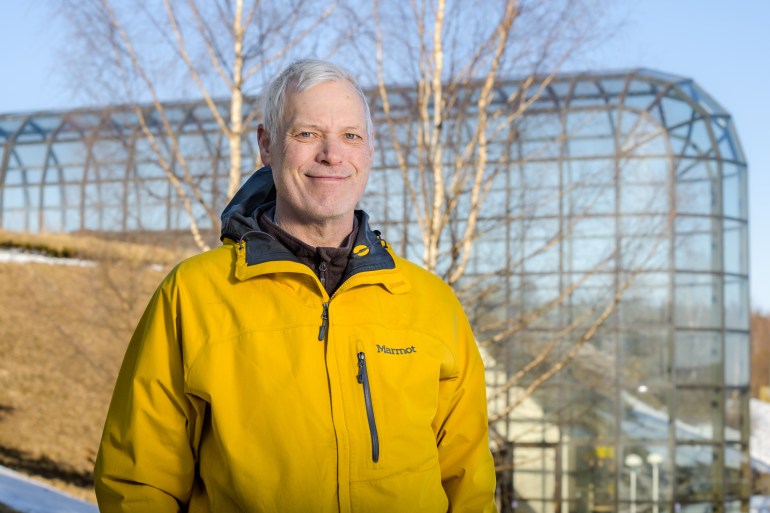
This is particularly true, Moore said, for the countries that are feeling the harshest effects of climate change despite contributing historically fewer greenhouse gases.
“I know there are some people that are quite high profile that say doing any research on solar geoengineering is bad because of this moral hazard argument, and I completely disagree with that,” he said.
“Fundamentally, I think that we actually have a duty to people in the developing world, that have not contributed to greenhouse gas emissions, who are already suffering disproportionate damage because of climate change impacts.”